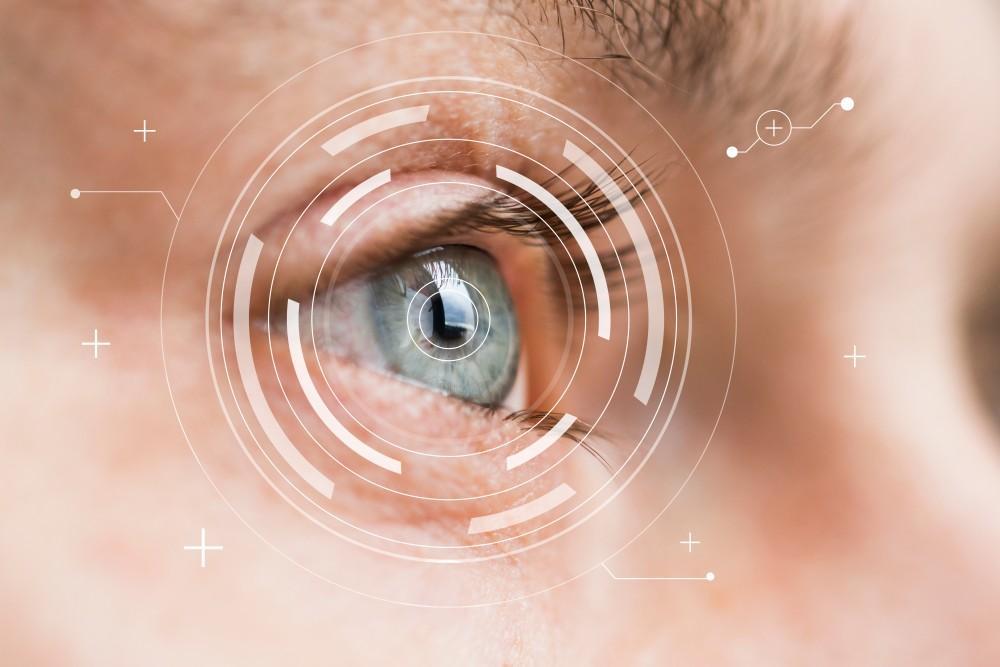
Understanding the Difference Between PRK and LASIK

Technological advancements have changed the way surgeries are performed in virtually every speciality, including ophthalmology. Laser technology allows for a level of precision previously unimaginable.
Dr. Stephen Kachikian is an expert in performing laser eye surgery, and participates in research and clinical trials in order to stay up to date on the most recent breakthroughs and state-of-the-art technology. He performs both laser-assisted in situ keratomileusis (LASIK) and photorefractive keratectomy (PRK), but only when it’s an appropriate treatment.
What is laser eye surgery?
Previously, traditional surgical tools were used to perform eye surgeries. Lasers allow for less invasive procedures, which are also safer and allow for a faster recovery.
Dr. Khachikian laser eye surgery to correct several different issues and problems, including:
- Astigmatism: irregularly shaped cornea
- Myopia: nearsightedness
- Hyperopia: farsightedness
- Glaucoma: fluid-induced pressure problems
- Cataracts: lens clouding
Although Dr. Khachikian expertly performs numerous types of laser surgeries, he only recommends a procedure after a careful assessment of your specific situation. Your eye is as unique as the rest of you, and its unique anatomy along with your medical treatment are critical considerations as Dr. Khachikian makes treatment recommendations.
All about your cornea
Before you consider surgery, it’s important to learn a bit about the cornea itself.
Your cornea is the rounded front part of your eye that consists of five layers and protects the rest of the structure of your eye. It also refracts, or bends, light as it’s delivered to your retina. If your cornea is shaped irregularly, or has an unusual curvature, your vision is affected.
Laser surgery corrects the problems associated with corneal abnormalities and improves your vision immediately — and for many years to come.
LASIK and PRK: Similar, but different
LASIK and PRK are both laser surgeries and both treat nearsightedness, farsightedness, and astigmatism, but in different ways.
During a PRK surgery, Dr. Khachikian removes the top layer of your cornea — the epithelium — and then uses the laser to reshape the remaining four layers. In doing so, he corrects the curvature.
During LASIK surgery, Dr. Khachikian leaves the top layer of your cornea in place, but uses the laser to create a tiny flap, which allows him to access the other layers and correct their shape. After the surgery the flap heals, often over the course of several months.
There are some situations that make one procedure preferable to the other. For example, your cornea may be too thin for Dr. Khachikian to safely create the flap required for LASIK surgery. In that case, PRK would be a better procedure for you. Another consideration is recovery time. Generally, you need about a month to recover from PRK surgery, but only a few days to recover from LASIK.
Dr. Khachikian weighs the benefits of each procedure with you. He explains the two surgeries in the context of your eye, your vision issue, and your medical history.
Multiple advantages to the right laser eye surgery
There are some things about both PRK and LASIK to keep in mind as you navigate getting laser eye surgery. Each type of procedure is:
- State of the art
- Comfortable (your eyes are numbed with drops pre-procedure)
- Minimally invasive
- Safe
- Effective
The substantial benefit that both PRK and LASIK offer is long-term vision correction in exchange for a quick and simple one-time procedure.
Want to learn more?
If you have questions about laser eye surgery, LASIK or PRK, book an appointment with Dr. Khachikian to get some answers. You can schedule by phone or online.
You Might Also Enjoy...


I’m Not a LASIK Candidate. What About PRK?

Telltale Signs Your Eye Problem Is a Cornea Issue

Why Are Cataracts Common In Seniors?

Can You Prevent Keratoconus From Getting Worse?


